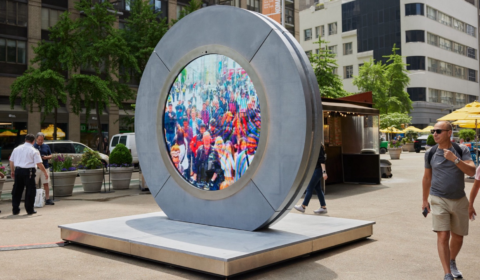Ever heard the theory that the Moon was created by Earth’s collision with another planet 4.5 billion years ago? A new study has just given that belief stronger credibility.
The exact origins of our Moon remain somewhat elusive, but a widely accepted theory has just received another significant boost. Unfortunately, there is no cheese involved.
The hypothesis in question is officially referred to as the ‘Theia Impact Theory’ and colloquially dubbed ‘Buried Planet Theory.’ Take your pick.
Both suggest that Earth collided with a planet roughly the size of Mars, called Theia, some 4.5 billion years ago. In the dispersion of the planet’s remnants, some are said to have ended up deep beneath the Earth’s crust while the others clung together to form the Moon.
Sceptics point to the fact that the path of Theia’s debris has never categorically been established, but new findings from NASA’s Gravity Recovery and Interior Laboratory (GRAIL) may finally satisfy a portion of the naysayers.
At last, the spacecraft has identified large deposits of titanium-iron ore within the Moon’s mantle, which aligns with computer models developed at Perking University. The findings, published in Nature Geoscience, confirm significant quantities of both titanium and iron likely embedded during the Moon’s formation.
Following the cosmic collision, molten lava pools rich in titanium and iron that had surfaced on the Moon began to sink towards its core, causing lighter rocks to rise. Jeff Andrews-Hanna, the journal’s co-author and geophysicist at the University of Arizona, explains this as the Moon turning ‘inside out.’




















